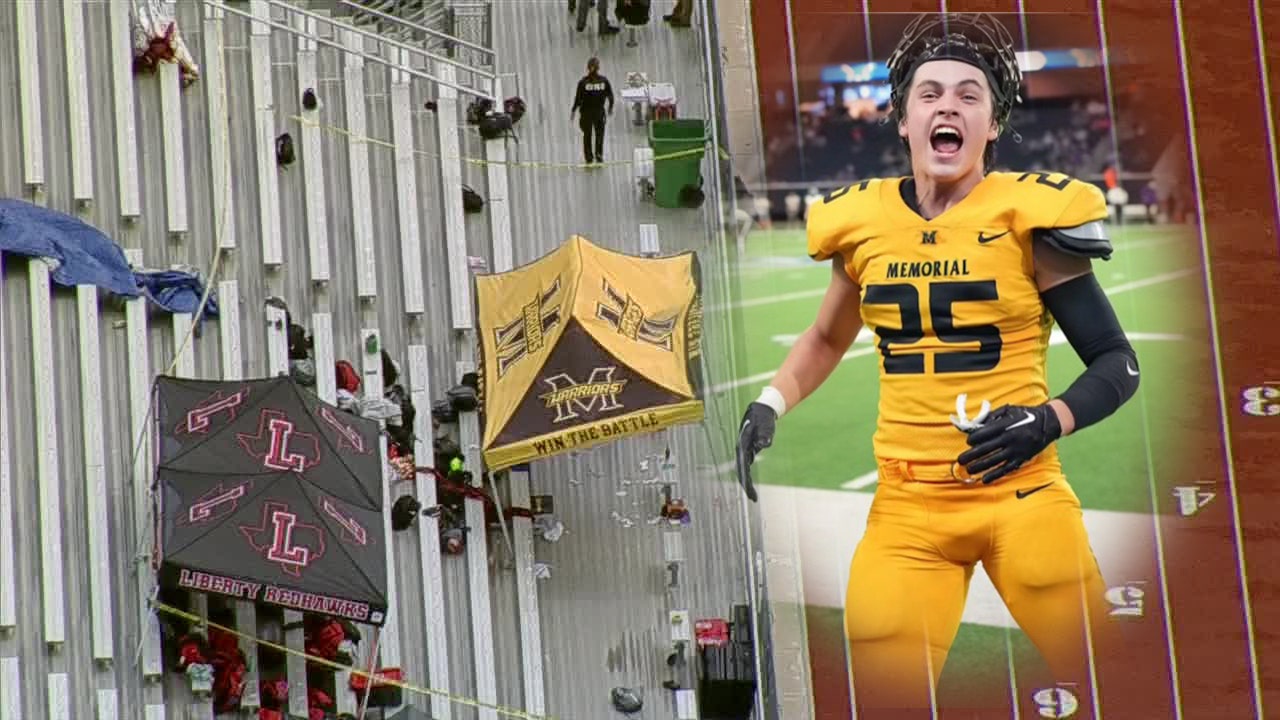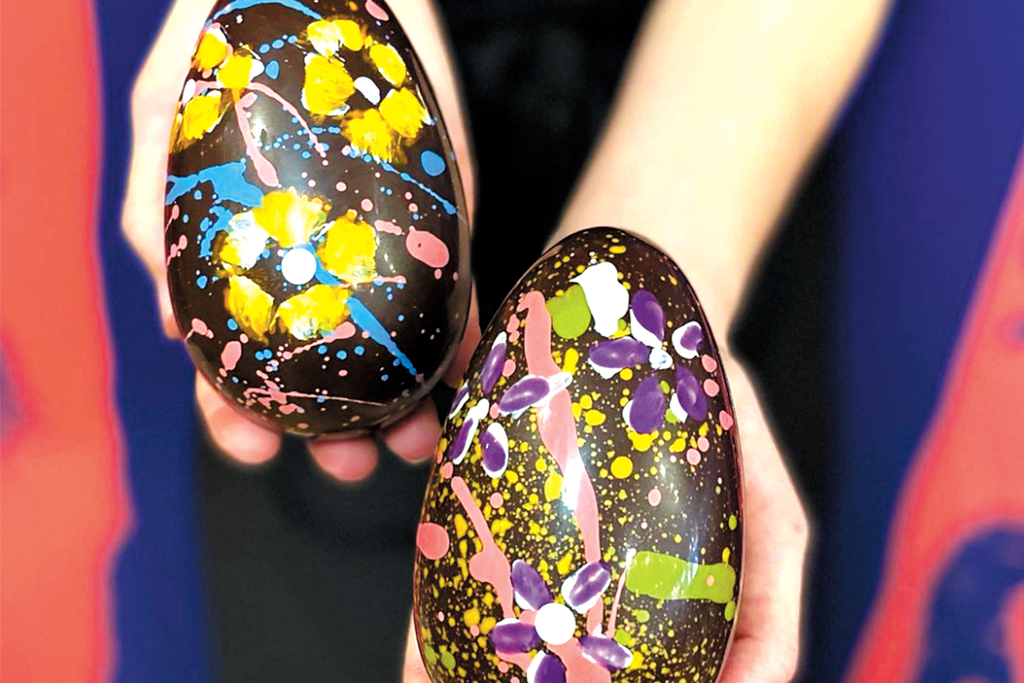Carhartt is the heritage American brand that started making uniforms for railroad workers, the military and blue-collar trades. Catering to workers’ needs has always been at the forefront for Canada’s Big Bill. Sal Rodriquez tries on a parka at the Carhartt store in Detroit, Mi., on Jan. 3, 2018.Clarence Tabb Jr./The Associated Press
Workwear is having a moment in fashion.
Stylists for The Bear blended designer goods with practical clothes built for manual labour, such as cargos and fatigues. A-listers such like Daniel Day Lewis have been spotted in head-to-toe Carhartt, the heritage American brand that started making uniforms for railroad workers, the military and blue-collar trades. And now with Gen Z embracing 90s styles, workwear such as Dickies trousers have gone viral. The result is that workwear is as likely to be found in an urban coffee shop as a construction site. And you’re more likely than not to spot Canadian brand Big Bill.
In 1946, Charles E. Audetin began making wool and twill pants above his general store in Coaticook, Que. The pants were sewn out of necessity. Customers had been complaining they weren’t able to find warm enough clothes for the cold weather. After their success, Audetin began to make other clothes, creating the line of workwear that would come to be known as Big Bill. The company now has three separate factories in Canada. Their products have been championed by trendsetters and style gurus such as Nolan White while remaining favourites among manual labourers for their durability and craftsmanship.
“Clothing our guys on construction sites during the winter has always been a challenge for us in the past. Ever since we started wearing Big Bill duck jackets, this issue is not even a discussion anymore,” said Émile Pinel, a project manager for Mabko Construction. While duck jackets have been a favourite of actors such as Austin Butler, their heavyweight, tightly woven, fabric make them a practical fit for colder climates. Big Bill’s reversible hunting jacket looks great whether or not you find yourself in the forest.
Catering to workers’ needs has always been at the forefront for Big Bill. Creating well-made clothing that can withstand both the elements and hard work is the foundation of what they do. There are no plans to change any of that.
Still, the fact that so many of their clothes are starting to be purchased for style rather than practicality is something the company is quite proud of. Workwear entered the mainstream in the 80s and 90s, embraced as streetwear in hip-hop culture and worn by artists like Tupac and Wu-Tang, while flannels were ubiquitous with grunge.
“It’s definitely something we’re aware of. We’ve had that relationship with Japan since the 90s. They love to buy made-in-Canada products and have had the trend of workwear being fashionable for a long time,” said Jessika Audet, VP of sales and marketing at Big Bill and the great-great granddaughter of its founder. “It’s flattering, but we just really focus on making a really high quality classic product.”
Another factor that Big Bill is proud of is their Canadian heritage. Audet estimates that about 80 per cent of the brand’s output is Canadian made, with the remainder crafted in the United States, Mexico and parts of Asia to help with distribution. With the current Canadian sentiment toward the U.S. and increasing costs due to tariffs, making things at home is a popular move. But for Big Bill, creating their garments in Canada was always an easy choice, even as others outsource labour to chase bigger profits.
“The thought of leaving Canada never even crossed our mind. This is where it all began, the place where our family was born, raised, and still lives today,” said Audet. “We have a deep sense of community and are proud to be part of it. We want to continue giving back to the place that’s given us so much.”
It doesn’t hurt that Big Bill’s clothes tend to last for decades.
“There’s tons of people I know who have a wool jacket in their closet that was their dad’s or their grandfather’s,” said Audet. “There’s some customers that ask me, hey, where can I get the light baby blue tool pants? I tell them when you wear the pants and wash them five hundred times, they turn that color. We try to make things that will last forever.”


![12th Apr: How To Make Millions Before Grandma Dies (2024), 2hr 6m [TV-PG] (7/10)](https://occ-0-7167-999.1.nflxso.net/dnm/api/v6/Qs00mKCpRvrkl3HZAN5KwEL1kpE/AAAABcnBGuzIZVtrmGCXQ0hWI7L0gE5NlhD0NYPNcv3se33OWMm3lFFlzaU8rfgr-Z7nHvAKAZg_Zo5xyDUQV2IfC2EFw7aZwb6ZvFLig6dn9Rhwt3YZ3Lj5Swwg60d7mQ13ZUBZMIDi_2tuwVkhW0tROqACuLr6JSJWT9U8HojT9dMD9Q.jpg?r=e77)









![12th Apr: Bob Marley: One Love (2024), 1hr 47m [PG-13] (6.1/10)](https://occ-0-7324-1007.1.nflxso.net/dnm/api/v6/Qs00mKCpRvrkl3HZAN5KwEL1kpE/AAAABQP1VlkRpakdWl5raP0fD0JV2f-Cy3efaTwwXkzltT7hMHBnzxPwmNAcUSW1x7a1XLNpfD227iaXhs-glM2w1oWljrpcMw684hpmjFrEy2OxnSqUg8U_vj4WBEW9A_ZqC6-2HbeTYr3tTgsNWGRQP5cQpBxyGfjCU3-tMrZSOWssOg.jpg?r=d78)
